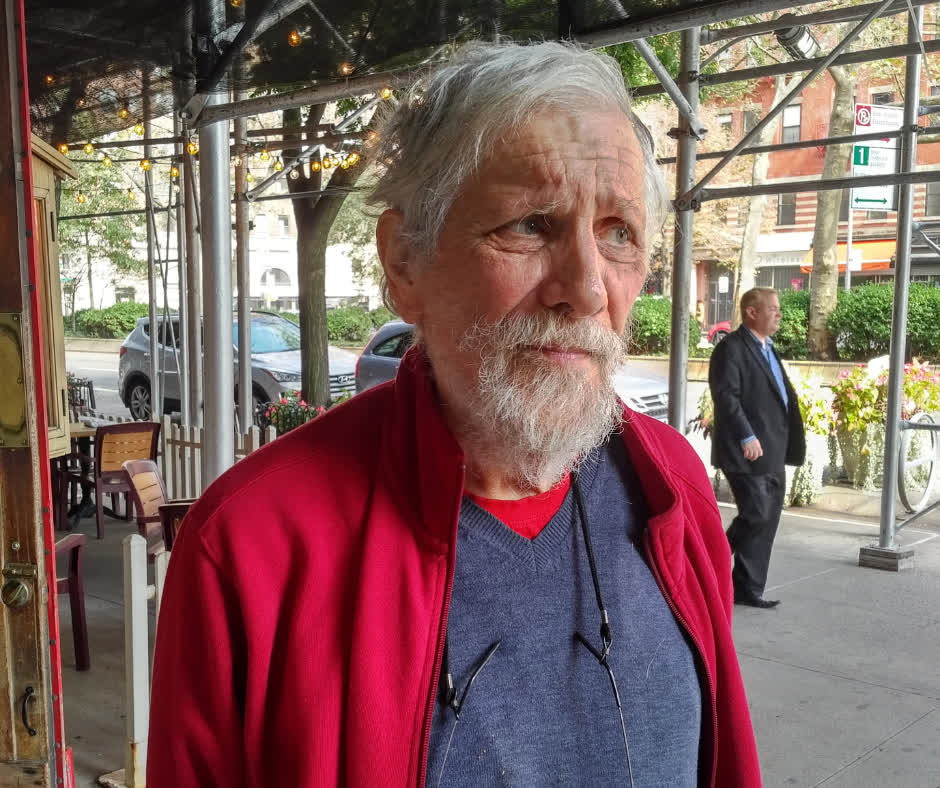
TORONTO – A coroner’s inquest into the partial stage collapse that killed Radiohead drum tech Scott Johnson in mid-June 2012 took place in late March and early April 2019, and although nearly seven years had elapsed, the proceedings pointed to flaws including a critical discrepancy between the stage’s design plans and the actual structure erected at Toronto’s Downsview Park. Chief coroner of Ontario, Dirk Huyer, led the probe.
A key finding was that while the engineering plans from Domenic Cugliari called for the use of a 10-foot-long load-bearing pickup truss with chords that measured three inches in diameter, the load-bearing pickup truss that was used had chords measuring two inches in diameter. The failure of that load-bearing component was implicated in the structure’s partial collapse.
News reports noted that the now-defunct Optex Staging had erected the staging structure with the same pickup truss element with the two-inch chords many times over a 30-year period. Up to the day of the Radiohead concert, it had never failed. Veteran riggers working on the project assumed that the spec on the plans was just a recurring typo.
Optex Staging owner Dale Martin testified that he had repeatedly asked the engineer to remove it from the stage plans but that, every year, the plans would come back with the same three-inch chord spec. Cugliari said he was not aware that Optex had been using a pickup truss that differed from the one specified in the stage plans.
Although the failure of the load-bearing pickup truss element was cited as a key factor in the structure’s partial collapse, the inquest also found that while four clamps were specified to be used to keep roof beams in place, on the day of the partial collapse, only two had been in use, increasing the risk that roof structure elements could shift as the pickup truss section started to buckle.
The inquest also found that a diagonal metal brace element had been missing on one of the towers. While the lack of bracing may not have led to the structural collapse on its own, the absence of bracing pointed to less-than-rigorous attention to detail as the stage structure was erected.
Other inquest findings noted that while some crew members felt that the 76,000-pound load might be “pushing the limits” of what the stage structure could support, no one appeared to be in a position to take those concerns seriously and decide that the show be halted.
The inquest also made use of a time-lapse video to show how the crew put the stage together in the overnight hours less than a day before the show was scheduled to take place. The structure buckled at about 4 p.m., one hour before the gates were to open for concert attendees. A video screen component weighing more than a ton fell on drum tech Scott Johnson, who died at the scene, and three other Radiohead crew members were injured in the partial collapse.
Unlike the collapse of the stage structure at the Indiana State Fair on Aug. 13, 2011, where seven died and 58 were injured after the entire structure collapsed in high winds, the weather in Toronto on June 16, 2012 was clear and winds were calm.
In June 2013, charges were brought by Ontario’s labor ministry against Live Nation Canada, Live Nation Ontario Concerts GP, Optex Staging & Services and engineer Domenic Cugliari, but after years of court date postponements and delays, the presiding judge on the case declared a mistrial in June 2017 after he was promoted to a new judicial post that no longer had jurisdiction in the case.
Radiohead tweeted that although the inquest’s final ruling — accidental death — “feels frustratingly insufficient, given that the stage collapse was shown to be preventable,” the band noted that “the inquest itself was conducted in a constructive, thorough and fair-minded way.”
The band also credited the five inquest jury members for making “sound and practical recommendations to prevent such an accident happening again,” including a list of 28 non-binding recommendations and their support for the idea of creating a permanent working group to develop and maintain standards and procedures for the live performance industry. “It’s up to all of us now to make sure that these recommendations are implemented,” the band noted.



